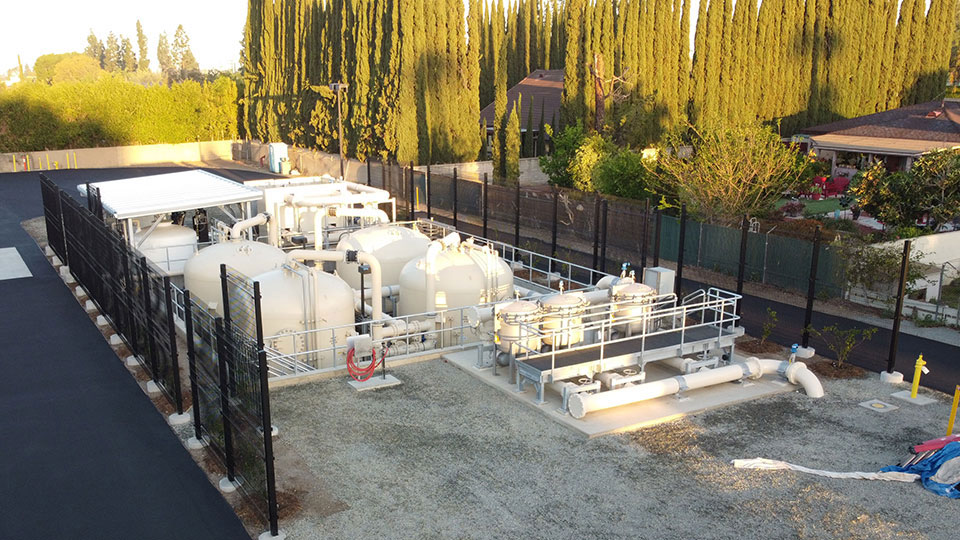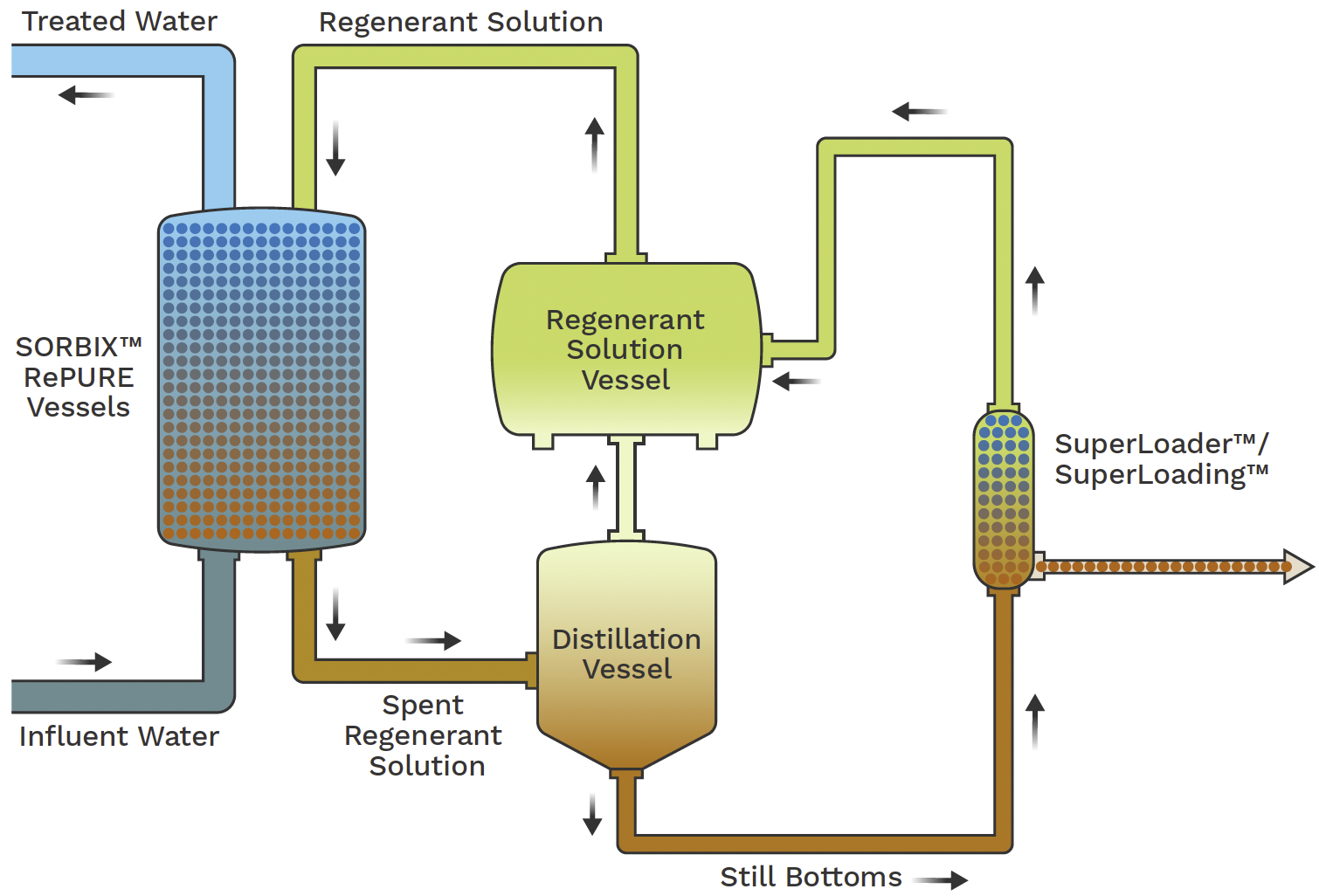Effective PFAS Waste Management in Agricultural Environments
Wiki Article
Your Guide to PFAS Therapy Technologies and Advantages
The prevalence of PFAS contamination in water sources requires a complete understanding of readily available treatment technologies. Different methods, such as triggered carbon filtering, ion exchange systems, and advanced oxidation procedures, present distinct benefits in dealing with these persistent pollutants. Each innovation not only targets particular PFAS compounds however additionally plays a crucial duty in boosting total water high quality and securing ecological integrity. As areas grapple with the ramifications of PFAS direct exposure, the selection of an ideal therapy method ends up being progressively essential, prompting a more detailed assessment of these modern technologies and their corresponding benefits.Recognizing PFAS Contamination
Recognizing PFAS contamination is vital for addressing its prevalent effect on ecological and human wellness (m270 pfas treatment). Per- and polyfluoroalkyl compounds (PFAS) are a group of synthetic chemicals commonly utilized in numerous commercial and consumer products because of their water- and grease-resistant residential properties. Frequently located in firefighting foams, non-stick kitchenware, and water-repellent textiles, PFAS have actually entered the environment via manufacturing processes, wastewater discharges, and seeping from garbage dumpsOnce released, these materials linger in the environment, resulting in prevalent contamination of dirt and water sources. Their one-of-a-kind chemical structure, characterized by solid carbon-fluorine bonds, renders them immune to destruction, resulting in a phenomenon called "forever chemicals." Consequently, PFAS can accumulate in the body and the food cycle, potentially creating damaging health and wellness effects, consisting of body immune system interruption, developmental issues, and an enhanced danger of certain cancers cells.
Governing agencies and wellness organizations are increasingly identifying the value of PFAS contamination, triggering efforts to keep an eye on, evaluate, and minimize its impacts. Recognizing the pathways of PFAS contamination is necessary for notifying public policy and developing reliable strategies to secure both ecological and human health and wellness.
Summary of Therapy Technologies
Various treatment modern technologies have been established to resolve the obstacles presented by PFAS contamination in water and dirt. These technologies can be generally categorized right into numerous categories, each with its unique devices and performance in eliminating PFAS substances.One prominent strategy is ion exchange, which uses resin materials to catch and get rid of PFAS from polluted water. An additional innovation, advanced oxidation procedures (AOPs), employs strong oxidants and ultraviolet light to break down PFAS into much less harmful materials.

Turned On Carbon Purification
Triggered carbon purification is an extensively made use of method for the elimination of PFAS from polluted water, understood for its ability to adsorb a broad variety of natural compounds. This technology utilizes turned on carbon, a highly permeable product with a substantial area, which facilitates the binding of PFAS molecules through physical adsorption. The effectiveness of activated carbon in removing PFAS is influenced by numerous factors, including the kind of carbon used, the call time, and the concentration of PFAS in the water.One of the benefits of activated carbon filtering is its adaptability; it can be carried out in numerous configurations, such as granular turned on carbon (GAC) systems or powdered triggered carbon (PAC) systems. GAC systems are normally employed in larger-scale applications, while PAC can be used in smaller sized or temporary arrangements. The modern technology is fairly very easy to run and keep, making it easily accessible for lots of water therapy facilities.

Ion Exchange Equipment
Ion exchange systems stand for one more reliable approach for the removal of PFAS from polluted water, complementing techniques like triggered carbon purification. These systems operate the concept of trading ions in the water with ions hung on a resin material. Ion exchange materials can be particularly formulated to target the adversely charged PFAS substances, efficiently recording them and enabling cleaner water to go through.Among the primary benefits of ion exchange pfas management systems is their capacity to eliminate a variety of PFAS, consisting of both long-chain and short-chain variants. This versatility makes them appropriate for numerous applications, ranging from municipal water therapy to industrial procedures. Additionally, ion exchange systems can often accomplish reduced detection limits for PFAS contrasted to some other treatment techniques, hence enhancing water high quality.
However, it is crucial to keep track of and take care of the regeneration of ion exchange media, as the performance can decline gradually due to saturation. Appropriate maintenance and replacement of the material are crucial for sustaining the system's efficiency. Overall, ion exchange systems give a trustworthy and efficient service for PFAS elimination, contributing substantially to secure alcohol consumption water standards and environmental management.
Advanced Oxidation Processes
Advanced Oxidation Processes (AOPs) make use of powerful oxidants to successfully break down PFAS substances in polluted water. These ingenious treatment approaches generate very responsive varieties, such as hydroxyl radicals, that can break down complicated PFAS particles into less unsafe results. m270 pfas treatment. AOPs normally employ combinations of ultraviolet (UV) light, ozone, hydrogen peroxide, or Fenton's reagent, improving the oxidation possibility and enhancing deterioration efficiencyThe primary benefit of AOPs exists in their ability to target a broad variety of PFAS compounds, including both long-chain and short-chain variants. This versatility is important, as PFAS contamination frequently involves combinations of various compounds with varying chemical frameworks. In addition, AOPs can be incorporated into existing water treatment systems, making them a sensible option for lots of towns and industries.
Nonetheless, the application of AOPs can be resource-intensive, calling for mindful consideration of functional expenses and energy usage. Additionally, while AOPs are reliable in damaging down PFAS, they might not totally remove all by-products, necessitating additional treatment actions - m270 pfas treatment. In general, AOPs stand for a promising method for resolving PFAS contamination, adding to cleaner water sources and improved public wellness security

Verdict
By choosing the appropriate innovation, communities can enhance water high quality, secure public health and wellness, and alleviate the ecological threats connected with PFAS exposure. Continued study and implementation of these techniques are vital for reliable management of PFAS contamination in impacted locations.Report this wiki page